Alexey Grigorev - Java: Data Science Made Easy
Here you can read online Alexey Grigorev - Java: Data Science Made Easy full text of the book (entire story) in english for free. Download pdf and epub, get meaning, cover and reviews about this ebook. year: 2017, publisher: Packt Publishing, genre: Home and family. Description of the work, (preface) as well as reviews are available. Best literature library LitArk.com created for fans of good reading and offers a wide selection of genres:
Romance novel
Science fiction
Adventure
Detective
Science
History
Home and family
Prose
Art
Politics
Computer
Non-fiction
Religion
Business
Children
Humor
Choose a favorite category and find really read worthwhile books. Enjoy immersion in the world of imagination, feel the emotions of the characters or learn something new for yourself, make an fascinating discovery.
- Book:Java: Data Science Made Easy
- Author:
- Publisher:Packt Publishing
- Genre:
- Year:2017
- Rating:3 / 5
- Favourites:Add to favourites
- Your mark:
Java: Data Science Made Easy: summary, description and annotation
We offer to read an annotation, description, summary or preface (depends on what the author of the book "Java: Data Science Made Easy" wrote himself). If you haven't found the necessary information about the book — write in the comments, we will try to find it.
Data collection, processing, analysis, and more
About This Book
- Your entry ticket to the world of data science with the stability and power of Java
- Explore, analyse, and visualize your data effectively using easy-to-follow examples
- A highly practical course covering a broad set of topics - from the basics of Machine Learning to Deep Learning and Big Data frameworks.
Who This Book Is For
This course is meant for Java developers who are comfortable developing applications in Java, and now want to enter the world of data science or wish to build intelligent applications. Aspiring data scientists with some understanding of the Java programming language will also find this book to be very helpful. If you are willing to build efficient data science applications and bring them in the enterprise environment without changing your existing Java stack, this book is for you!
What You Will Learn
- Understand the key concepts of data science
- Explore the data science ecosystem available in Java
- Work with the Java APIs and techniques used to perform efficient data analysis
- Find out how to approach different machine learning problems with Java
- Process unstructured information such as natural language text or images, and create your own search
- Learn how to build deep neural networks with DeepLearning4j
- Build data science applications that scale and process large amounts of data
- Deploy data science models to production and evaluate their performance
In Detail
Data science is concerned with extracting knowledge and insights from a wide variety of data sources to analyse patterns or predict future behaviour. It draws from a wide array of disciplines including statistics, computer science, mathematics, machine learning, and data mining. In this course, we cover the basic as well as advanced data science concepts and how they are implemented using the popular Java tools and libraries.The course starts with an introduction of data science, followed by the basic data science tasks of data collection, data cleaning, data analysis, and data visualization. This is followed by a discussion of statistical techniques and more advanced topics including machine learning, neural networks, and deep learning. You will examine the major categories of data analysis including text, visual, and audio data, followed by a discussion of resources that support parallel implementation. Throughout this course, the chapters will illustrate a challenging data science problem, and then go on to present a comprehensive, Java-based solution to tackle that problem. You will cover a wide range of topics from classification and regression, to dimensionality reduction and clustering, deep learning and working with Big Data. Finally, you will see the different ways to deploy the model and evaluate it in production settings.
By the end of this course, you will be up and running with various facets of data science using Java, in no time at all.
This course contains premium content from two of our recently published popular titles:
- Java for Data Science
- Mastering Java for Data Science
Style and approach
This course follows a tutorial approach, providing examples of each of the concepts covered. With a step-by-step instructional style, this book covers various facets of data science and will get you up and running quickly.
Downloading the example code for this book. You can download the example code files for all Packt books you have purchased from your account at http://www.PacktPub.com. If you purchased this book elsewhere, you can visit http://www.PacktPub.com/support and register to have the code file.
Alexey Grigorev: author's other books
Who wrote Java: Data Science Made Easy? Find out the surname, the name of the author of the book and a list of all author's works by series.


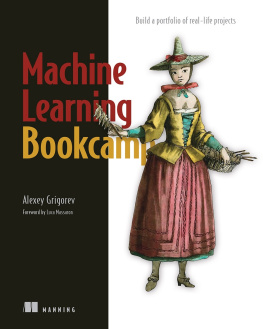

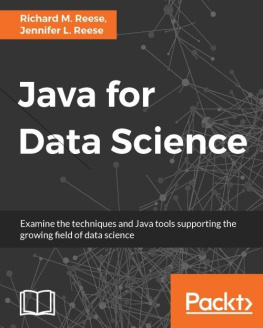
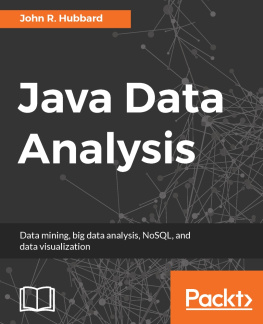
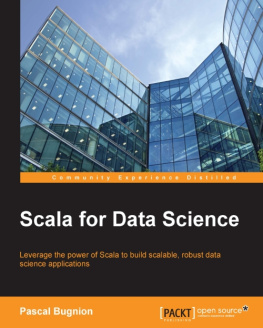
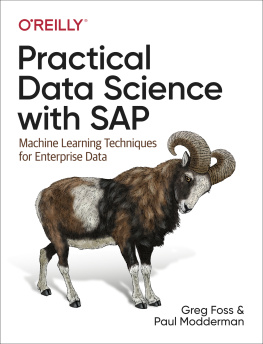
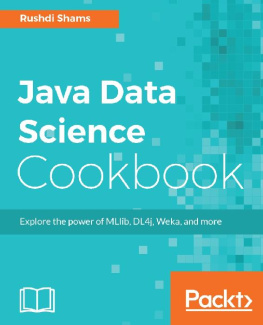
![Michael R. Brzustowicz [Michael R. Brzustowicz] - Data Science with Java](/uploads/posts/book/119626/thumbs/michael-r-brzustowicz-michael-r-brzustowicz.jpg)
![Alexey Grigorev [Alexey Grigorev] - Mastering Java for Data Science](/uploads/posts/book/119620/thumbs/alexey-grigorev-alexey-grigorev-mastering-java.jpg)
![Mark Wickham [Mark Wickham] - Practical Java Machine Learning: Projects with Google Cloud Platform and Amazon Web Services](/uploads/posts/book/119359/thumbs/mark-wickham-mark-wickham-practical-java.jpg)
